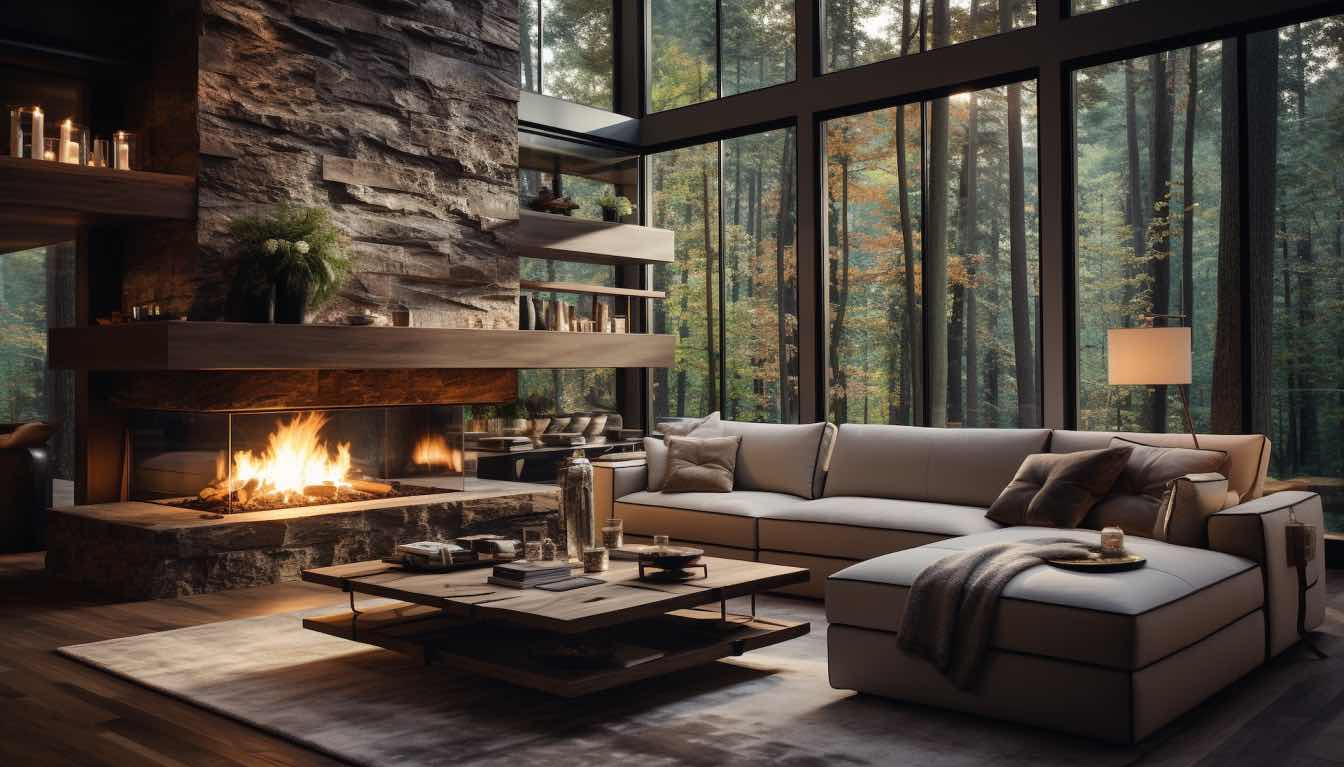Architects all around the world need to listen to the appeal for improved design solutions in this era of Big Data and rapidly evolving cultural norms. While we may not be planning for robotic flying cars or interstellar colonization, there are a few things that the architecture profession could focus on. Think of how the business world has evolved over the past few decades. We have come a long way in the fields of architecture and building.
When college work is building up and deadlines are looming and you're wondering, "Can I pay someone to write my research paper?" it's time to give in and pay for a research paper or a term paper. An expert writer can take care of your "write my paper for me" request and do the rest. Many companies offer reliable custom paper writing services. Their guiding principles include discretion, originality, and a full refund in the case of plagiarism. If you need a research paper written by true experts, there are many places to go. You will appreciate the time and effort you save.
Now, you may sponsor a project through a crowdfunding website, compost at home, use recycled products, and more. The rapid rate of technological progress has led to equally rapid changes in the built environment. Here are the five most influential developments that are altering our perspective of the world:
The Smart Cities Design
"Smart cities" are a model of eco-friendly urban planning and design. These "smart cities" are designed to accommodate the requirements of local businesses and government while also providing residents with access to improved health care and public service research.
By incorporating smart city technology into city planning, architects will be able to reduce wasteful practices, increase productivity, and save money. Understanding urban mobility, energy consumption, the interplay of different types of infrastructure, and other such phenomena requires massive amounts of data.
By keeping the demands of the expanding population in mind, architects may create structures that will serve the community for decades to come.
Eco-Friendly Architecture
Major dangers, such as climate change and dwindling natural resources, now threaten humanity. Architects are called upon to tackle these complex problems and develop innovative approaches to resolving them. Using environmentally friendly building practices is one option. Future environmental and climate security can only be ensured by incorporating economic considerations into all aspects of the architecture industry.
This movement is about making better use of unused space. This aims at reducing the amount of trash that ends up in landfills. It's also important to make good use of space and energy. You can use this style in your plans if you pay attention to three things: the materials, how energy-efficient they are, and the site. If these key areas are taken into account and a more holistic approach is taken, sustainable design can become the norm in the industry.
Immersive Technology is Making a Big Impact
Today, architects can see what their work will look like before it's built. Virtual reality has helped a lot in the fields of architecture, engineering, and building. Virtual reality is a game-changing tool for ideas in their early stages. Architects can now see how engineering plays a part in design.
3D printing is a new method that can help bring the audience further into the experience. When used in building design, new algorithms can value engineering a structure. They also address issues of structural resilience and material usage. Future architects will use large-scale 3D printers. They help them construct incredible buildings and understand the true potential of their craft.
Virtual reality (VR) technology and 3D-printed buildings will greatly increase the field of architecture's potential applications.
Universal Architectural Design Consider Everyone
Many architects put special emphasis on designing for a wide range of people. However, many doubt that it is possible to design buildings that will appeal to everyone. Everyone, from the physically impaired to the old to the young, and everyone in between, benefits from inclusive design. Architects need to be aware of the challenges faced by many different populations. By broadening their perspective, architects may better design buildings. They may improve people's lives in general. If you think outside the box, the construction industry will rapidly expand. This will increase the potential of well-designed buildings to accommodate your needs.
For example, WOHA's Enabling Village incorporates disability-focused design into universal architecture. Elevators, low-gradient ramps, tactile floor indications, hearing loops, and braille signage are all conveniently placed for disabled guests. The Enabling Village received the Platinum BCA Universal Design Mark Award in May 2016 for its extensive list of accessibility features.
Going Vertical is Becoming Popular
It's getting harder to find a place to live as the world's population increases. Some creative builders are proposing vertical cities due to land scarcity. To meet these challenges, architects must increase their spatial intelligence. Public facility planning and commercial and residential space allocation would be affected.
By collaborating, architects can discover ways to create innovative solutions. They are more welcoming to the next generation. Vertical cities and farming are two alternatives. They could help us solve our geographical issues.
Researchers say that Vertical farming may solve conventional farming's environmental issues. In a nutshell, vertical cities are the next evolution of the high-rise city. Communities, not just individuals, can benefit from a multi-story building's many uses.
Though at a lower level, architects will be needed in the future. BIM and other technologies have eliminated the need for draftspeople. So, architects may be replaced by technology in the future. Design students will spend less time doodling. They will have more time to improve productivity and user pleasure.
What else could happen in the field in the coming decades? Commentators have speculated that mid-sized medical facilities could disappear. Some have speculated that corporations often oversee the entirety of a building's construction. They may begin to hire architects for their expertise in design as part of in-house, multidisciplinary teams. The next generation of architects must pay close attention to these shifts. They should adapt their methods and toolkits accordingly.
Bio:
Freelance writer Clifford Cullens focuses on architecture and design. He is passionate about creative and unique design solutions. He is curious about examining the point where form and function meet in the built world.





